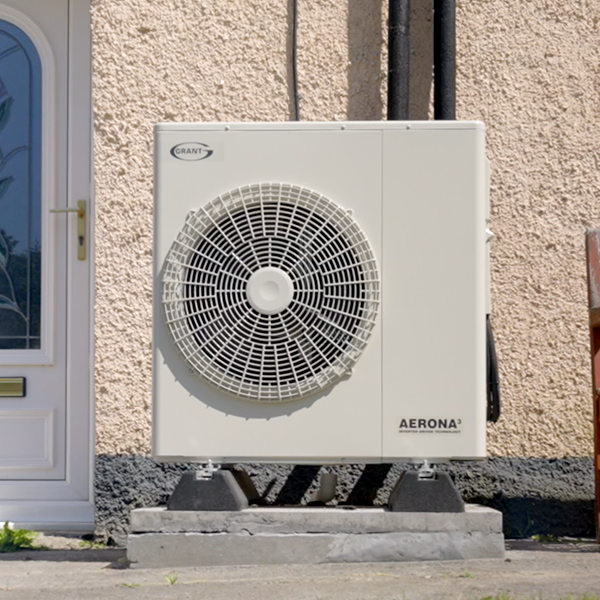Winners at the UK’s Fast Growth Awards 2025
Smart Energy Homes has been awarded Fastest Growing Green Firm and Fastest Growing Firm in Wales at the UK Fast Growth Index 2025. Learn how our innovation, sustainable solutions, and dedicated team are driving rapid growth and making a real impact for homes across the UK.






